√ダウンロード silver leaf nightshade horses 611371
Common Names Silverleaf Nightshade, Silverleaf Nightshade, White Horse Nettle, Trompillo, Tomato Weed Synonyms Spanish Dagger Yucca treculeana Carrière Common Names Spanish Dagger, Spanish Bayonet, Don Quixotes Lance, Palma Pita, Palma de Datil, Palmito, Yucca Synonyms Plants of the Rio Grande Valley DatabaseSilverleaf nightshade is not palatable to most horses, however, they will consume it when it is located in an overgrazed field Silverleaf Nightshade is a common weed throughout North America which contains the glycoalkaloid solanine, a toxin that can cause disturbances in the gastrointestinal and central nervous systemsA detailed description for Solanum elaeagnifolium, Silverleaf Nightshade, also called Bull Nettle, Silverleaf Nightshade, Tomato Weed, Trompillo, White Horsenettle, White Horsenettle, White Nightshade (Spanish Buena Mujer, Tomatito de Buena Mujer, Trompillo, Pera)
Plants Toxic To Horses Rio Grande Valley South Texas
Silver leaf nightshade horses
Silver leaf nightshade horses-It is toxic to livestock and very hard to control, as root stocks less than 1 cm long can regenerate into plants CDFA 08 Horses Toxic Ingestion of silverleaf nightshade has been implicated as a cause of ivermectin toxicosis in horses given the recommended dosage of the drugIt has been reported to poison cattle, sheep, goats and horses Silverleaf nightshade is a perennial in the potato family It grows upright to 1 to 3 feet tall, and it is usually prickly The plant reproduces by seed and by creeping rootstock It gets its silver color from the tiny, densely matted, starlike hairs covering the whole plant



Solanum Elaeagnifolium Silverleaf Nightshade Npin
A medium height plant with pinnate slivergreen leaves with deep cut sinuses, thorny stems and leaf ribs, which bears loose clusters of large sky blue partially fused flowers Note;Solanum elaeagnifolium – white horse nettle, silverleaf nightshade Origin Introduced from Mexico and eastern United States Growth Duration perennial Solanum lycopersicum – tomato Distribution Known from scattered locations in Whatcom and King counties in Washington;Blade linear to oblong or oblonglanceolate, 12 to 6 inches long, 5 to 12 inch wide, margins entire to undulate or shallowly sinuate, densely silverywhite stellatecanescent
Solanum texense Engelm & AGray; Also Called White horsenettle Stems Erect, simple or branched, densely stellatecanescent, prickles to 16 inch Leaves Petiole 4 to 12 inch;NSW's Noxious Weeds Common names Bullnettle, Prairieberry, Satansbos, Silver Nightshade, Silverleaf Bitterapple, Silverleaf Nightshade, Silverleaved Nightshade, Silverleafnettle, Tomato Weed, Trompillo, White Horse Nettle, White Nightshade Synonyms
This is known as forma albiflorum Ethnobotany Considered to be highly toxic In the American Southwest a preparation of S elaeagnifolium was used in treating ear, nose, and throat ailments, as well as eye infections and toothaches Etymology Solanum is from the Latin solor, to comfort or relieve SilverLeaf Nightshade is poisonous and toxic to livestock SilverLeaf Nightshade propagates from both rhizomes and seed found in berries Green striped berries turn yellow or orange at maturity and then dry to brown SilverLeaf NightshadeSolanum elaeagnifolium Horse Nettle Silverleaf



Silverleaf Nightshade What S Blooming




Silverleaf Nightshade Flora And Fauna Of The Rio Grande Valley Inaturalist
SilverLeaf Nightshade, more Solanum flavidum Max Licher Open Interactive Map Max Licher Liz Makings Liz Makings Max Licher Max Licher Max Licher Sue Carnahan Sue Carnahan Patrick Alexander Patrick Alexander Patrick Alexander Patrick Alexander Sue Carnahan Carolina Horse Nettle (Solanum carolinense) of the Nightshade (Solanaceae) family is a toxic* perennial with attractive flowers and fruit and piercing pricklesThe genus name is Latin for "quieting" in reference to the narcotic properties of some species The specific epithet suggests that Linnaeus, who named the species, examined a specimen from the Carolinas, where the plant Silver Leaf Nightshade, White Horse Nettle, Tropillo** Solanum elaeagnifolium, Solanaceae (Nightshade family) all parts, particularly ripe yellow berries horses that have recently been treated with the antiparasitic drug ivermectin develop a neurotoxicity;



Silverleaf Nightshade What S Blooming



Snow On The Mountain
The young leaves of S americanum — which you should boil at least once, maybe twice before the plant blossoms — are on par with the nutrition in Amaranth leaves but with less vitamins A and C Per 100 grams edible young leaves contain 190 calories, 47 grams of protein, half a gram of fat, 8 grams of carbohydratesThread Title Last Reply Replies; By CELESTINE DUNCAN Silverleaf nightshade (Solanum elaeagnifolium) and Carolina horsenettle (Solanum carolinense), also known as horse nettle or bull nettle, are deeprooted, herbaceous, perennial plants in the nightshade familyBoth plants are considered native to the Americas, although silverleaf nightshade may have been dispersed to new locations by



Western Horsenettle Silverleaf Nightshade Poisonous The Goat Spot Forum



Sunflower
Species Profile Species classification Invasive Weeds of National Significance;Aka Horse Nettle, Silverleaf Nightshade Silverleaf Nightshade Solanum asperolanatum aka Solanum hispidum, Devil's Fig, GIANT DEVIL'S FIG Variegated Paraguayan NightshadeMove affected animals as little as possible and give them goodquality hay and water Because silverleaf nightshade is relatively unpalatable, problems usually occur after serious overgrazing or if nightshade is baled up with hay Do not feed livestock from the ground where many ripe nightshade fruits are available



Silverleaf Nightshade Silver Leaf Nightshade White Horse Nettle Trompillo Tomato Weed Solanum Elaeagnifolium Cav



Wildflowers Silverleaf Nightshade Carolina Horse Nettle White Horse Nettle Trompillo
Likely escaping as occasional waif anywhere where cultivated in NorthCooking destroys the toxic alkaloids in members of the nightshade family Other members of the night shade family including potatos amd tomatos, hairy nightshade (Solanum sarrachoides, cut leaf nightshade(Solanum triflorum),and silverleaf nightshade(S elaeagnifolium) are toxic in the green state Cattle can tolerate nightshades better than horsesIngestion of silverleaf nightshade has been implicated as a cause of ivermectin toxicosis in horses given the recommended dosage of the drug Metabolites from the plant are speculated to disrupt the bloodbrain barrier, allowing ivermectin to enter and disrupt neurotransmitter function in the brain and spinal cord



Wildflowers Silverleaf Nightshade Carolina Horse Nettle White Horse Nettle Trompillo




Silverleaf Nightshade White Horse Nettle Silver Horse Nettle Bull Nettle Desert Nightshade Trompillo Stock Photo Picture And Royalty Free Image Image
Impacts of silverleaf nightshade Silverleaf nightshade is a serious pasture and crop weed The weed is also toxic to stock, in particular cattle and horses Where does silverleaf nightshade occur?Trompillo by Eusebioygeorgina 1139 PM 0 Solanum in TX by purpleinopp 1253 PM 5 Need help identifying a plant that may be toxic to horses by mrinaldi 925 PMSilverleaf Nightshade This silverycolored perennial is a "prohibited noxious weed" in Arizona Its attractive, star shaped, violetblue flowers make one want to take a closer look at it, even put the flowers in a vase, until ones' fingers meet up with the plant's spiny stems and leaves Its leaves alternate, are jagged and narrow




Solanum Elaeagnifolium Wikipedia




Solanum Elaeagnifolium Calflora
In the plant world in general this is a novel way for an anther to shed its pollen However, such anthers are the rule for plants known as the nightshades, and this is a nightshade It's the Silverleaf Nightshade, also called White Horsenettle, Prairie Berry and Trompillo Silverleaf nightshade (Solanum elaeagnifolium) is a weed that reduces production in crop and pasture enterprises throughout the Australian wheatsheep zone It is a longlived perennial plant with very deep, resilient roots It grows during spring and summer and uses valuable moisture and nutrients needed for following crops and pastures CropThe nightshade plant is in the Solanaceae family and Solanum genus There are multiple species of nightshade, all poisonous to your dog if ingested Common names include deadly nightshade, black nightshade, bittersweet nightshade, and silverleaf nightshade




Plants Of Texas Rangelands Silverleaf Nightshade




Silverleaf Nightshade Solanum Elaeagnifolium
Silverleaf nightshade is a native of North and South America Silverleaf nightshade has naturalised widely on mainland Australia Silver Leaf Nightshade Purple flowers, tiny spines on their stems, so not fun to pull out And you can pull them out, but they have some growth area deep in the ground, so they just come back up, over and over Fortunately, they don't seem to spread terribly fast, but they are perennials They are poisonous to livestock Bindweed BindweedSilver nightshade, silverleaved nightshade, white horse nettle, silverleaf nightshade, tomato weed, white nightshade, bullnettle, prairieberry, satansbos, silverleaf bitterapple, silverleafnettle, and trompillo, prairie berry Biology Silverleaf nightshade Solanum elaeagnifolium Cav




Solanum Elaeagnifolium Wikipedia
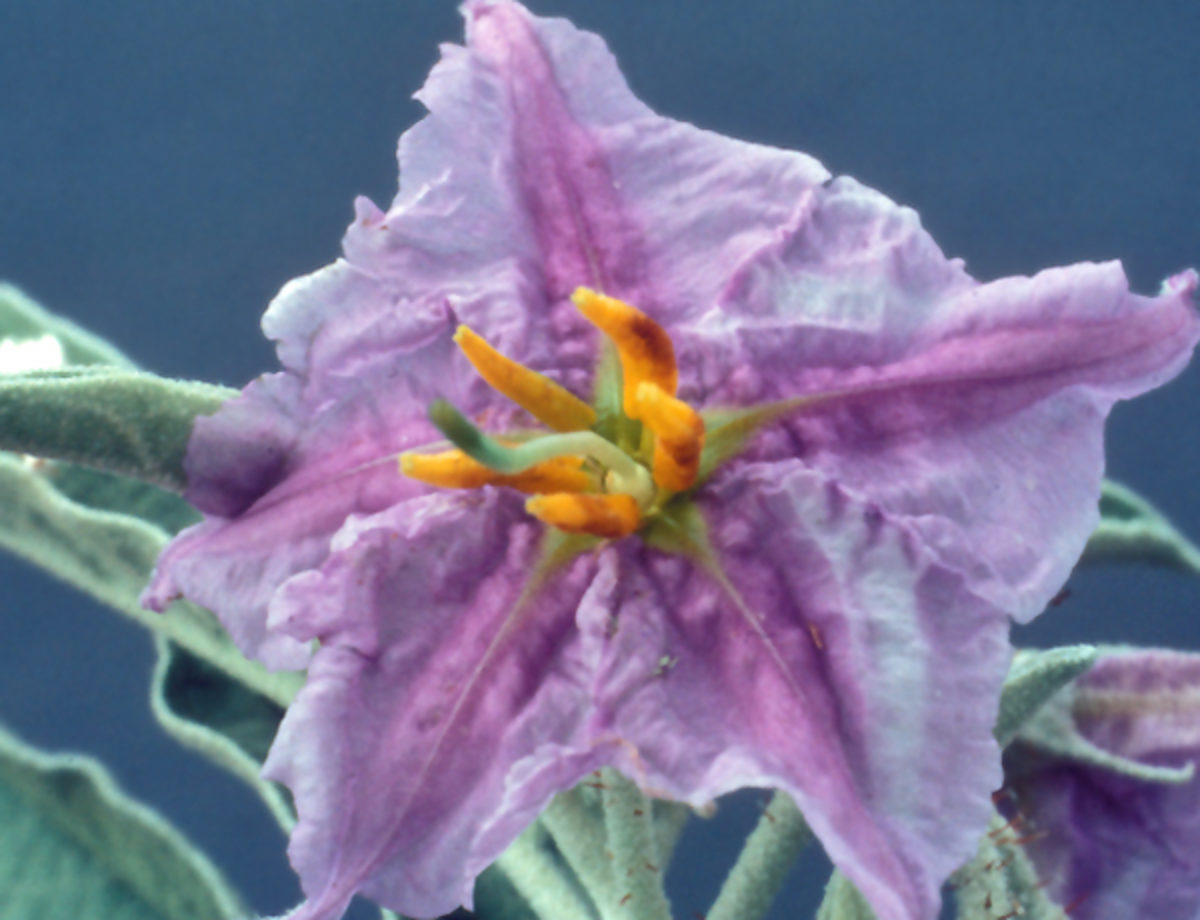



Washington State Noxious Weed Control Board
The stems have prickles that are red to a tannish colour, producing young shoots that are a dull silvergray colour The leaves of Silverleaf Nightshade alternate along the stem from one another and are eggshaped, each leaf being about 6 inches long with either coarsely lobed or wavy edgesIlverleaf nightshade can be a serious weed problem in prairies, open woods and disturbed soils throughout Texas It has been reported to poison cattle, sheep, goats and horses Silverleaf nightshade is a perennial in the potato family It grows upright to 1 to 3 feet tall, and it is usually prickly The plant reproduces by seed and by creeping rootstockDrooling saliva, drooping lips and ears, and head pressing;




Managing Invasive Nightshades Horsenettles In Natural Areas And Pastures Techline Invasive Plant News



Solanum Elaeagnifolium Silverleaf Nightshade Southwest Desert Flora
The leaves or alternate or opposite, hairy or smooth, and some have prominent spines Nightshade species that have been implicated as a cause of previous poisoning incidents in horses include Black nightshade ( Solanum nigrum) Bittersweet nightshade ( Solanum dulcamara) Silverleaf nightshade ( Solanum elaeagnifolium)Silverleaf nightshade White Horse Nettle, Read more silverleaved cotoneaster Cotoneaster pannosus Also known as cotoneaster, silver cotoneaster, silver leaf cotoneaster, silverleaf cotoneaster, silverleaf cotoneaster, silverleaved cotoneaster, velvel cotoneaster,Solanaceae, the Nightshade family, consists of 90 genera and species with great variation in habit and distribution on all continents except Antarctica, with the majority of species diversity in Central and South America (PBI Solanum Project, 14)Solanum is one of the largest genera of vascular plants with about species, 1000 of which are speculated to be of




Silverleaf Nightshade Flora And Fauna Of The Rio Grande Valley Inaturalist
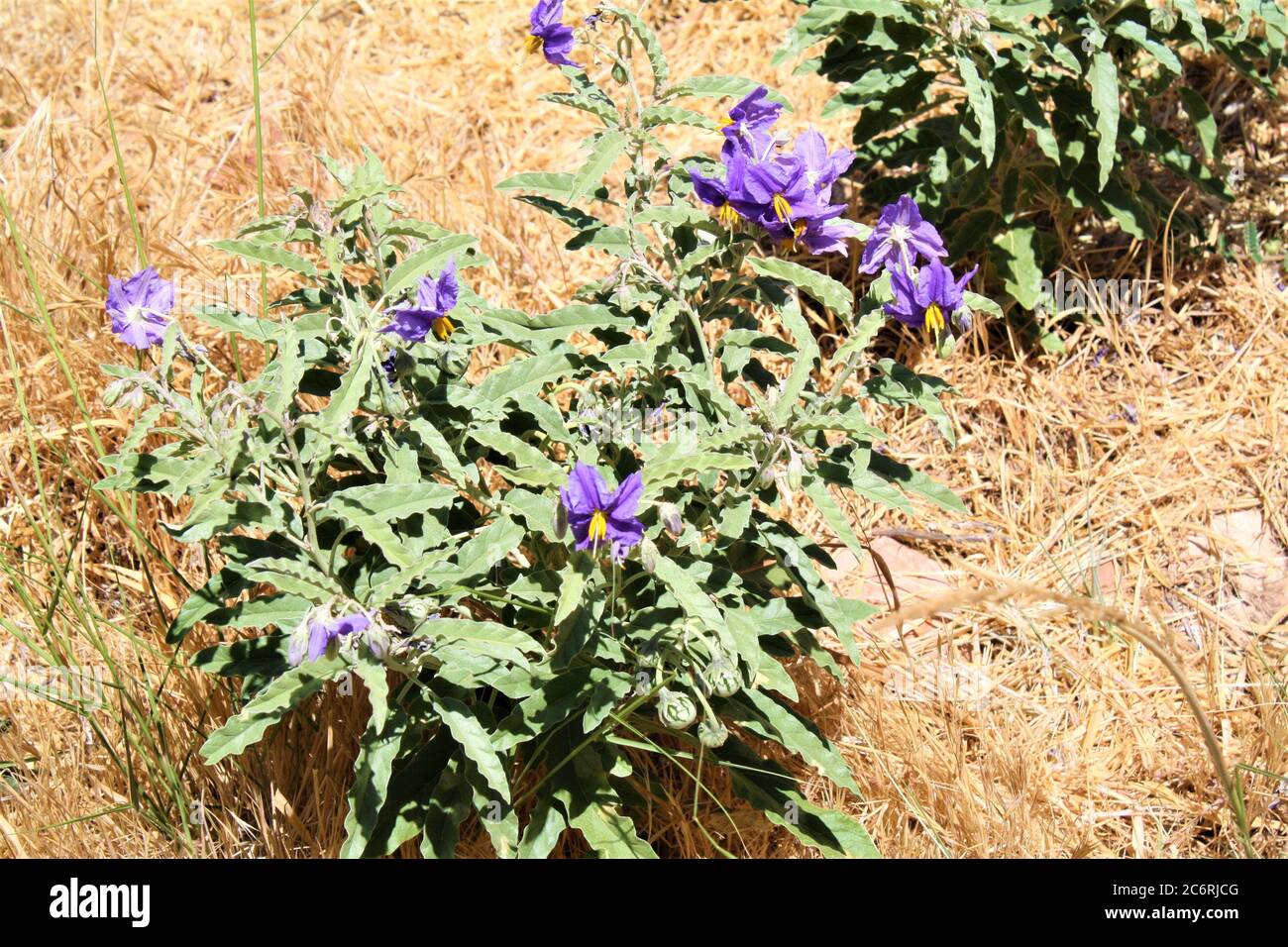



Silverleaf Nettle High Resolution Stock Photography And Images Alamy
General Nightshade Family (Solanaceae) Solanum elaeagnifolium, is a deeprooted, native perennial, which rarely reaches a height of more than 3 feet Silverleaf nightshade gets its name from the short, white or silvery pubescence (hairs or fuzz) on the leaves and stems This plant is found throughout Texas Plants growing in humid regions do not Silverleaf nightshade is a perennial weed common in pastures throughout northwest Oklahoma While generally unpalatable to cattle, this plant can cause serious problems in situations such asSilver Leaf Nightshade, White Horse Nettle, Tropillo** Solanum elaeagnifolium, Solanaceae (Nightshade family) all parts, particularly ripe yellow berries horses that have recently been treated with the antiparasitic drug ivermectin develop a neurotoxicity;




Silver Leaf Nightshade Weed Identification Brisbane City Council




Silverleaf Nightshade Declared Pest Agriculture And Food
Silverleaf nightshade is capable of shading out productive pastures and causing strong competition to various crops and horticulture Action one, in spring and summer, is aimed at stopping seedingSilverleaf nightshade is a declared noxious weed in New South Wales, Victoria and South Australia Silverleaf Nightshade Best Management Practice Guide Prioritising a control program Preventing a new infestation Due to the difficulty in eradicating silveleaf nightshade, good hygiene strategies should be followed to reduce the risk of a newOccasionally a whiteflowered form is seen;




Silverleaf Nightshade Solanum Elaeagnifolium




Plantfiles Pictures Solanum Species Bull Nettle Devil S Tomato Olive Leaf Nightshade Silverleaf Nightshade Solanum Elaeagnifolium By Htop
Solanum elaeagnifolium silverleaf nightshade, tomato weed, trompillo, white horsenettle, white nightshade, silverleaf nightshade, white horse nettle, tomato weed, white horsenettle The following information is for the genus Solanum Animals that eat its fruit Wood duck, Sora rail, Eastern whitewinged dove, Bobwhite quail, Wild turkey, Cardinal, Catbird, Eastern meadowlark,Climbing Nightshade (European Bittersweet, Deadly Nightshade, Violet Bloom, Blue Nightshade, Soda Apple, (Horse's Tail, Donkey's Tail, Lamb's Tail) Ivy Peperomia (Plantinum Peperomia, Silver leaf Peperomia, Ivy leaf Peperomia) Scientific Names Peperomia griseoargenteaSilver The stems are often covered with small yellow or red thorns about 0102 in long The lanceshaped leaves are 0860 in long with smooth or wavy edges, and are silver or graygreen in color The lower leaf surfaces often feel velvety because of the dense covering of starshaped hairs Silverleaf nightshade produces distinct




Silverleaf Nightshade Solanum Elaeagnifolium Garden Org



Www Dirtdoctor Com View Topic How To Get Rid Of Nightshade
Solanum elaeagnifolium Cav SILVERLEAF NIGHTSHADE Silver Leaf Nightshade; Silver Leaf Nightshade, White Horse Nettle, Tropillo Solanum elaeagnifolium Solanaceae (Nightshade family) Habitat Silver leaf nightshade is a weed of drier soils along roadsides, prairies, and unused areas, especially in the southern and western states Habitat of Silver Leaf Nightshade, White Horse Nettle, Tropillo




Silverleaf Nightshade Declared Pest Agriculture And Food




Silverleaf Nightshade Solanum Elaeagnifolium



1




Loose Flower Clusters Page 2 Trail Trotter S Flower Guide



Silverleaf Nightshade Silver Leaf Nightshade White Horse Nettle Trompillo Tomato Weed Solanum Elaeagnifolium Cav
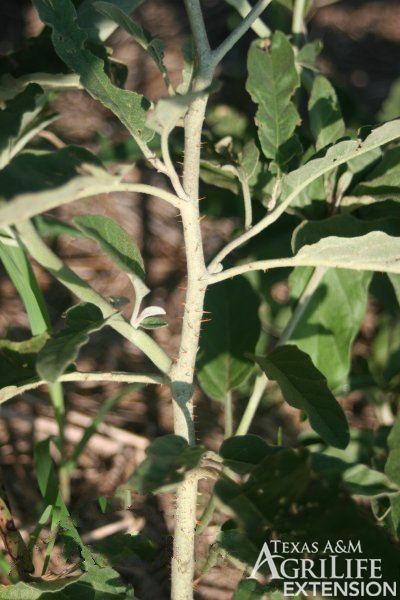



Plants Of Texas Rangelands Silverleaf Nightshade



Silverleaf Nightshade Declared Pest Agriculture And Food




Guide To Poisonous Plants College Of Veterinary Medicine And Biomedical Sciences Colorado State University




Well Big Problem In My Plans Silver Leaf Nightshade The Goat Spot Forum
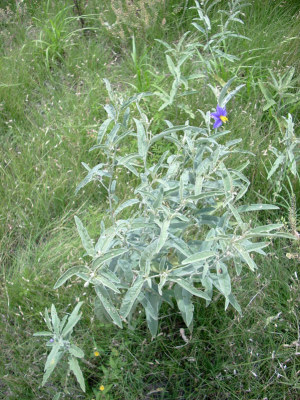



Silverleaf Nightshade




Weed Identification Silver Leaf Nightshade




Silver Leaf Nightshade 2 Silver Leaf Nightshade Solanum E Flickr




Kansas Wildflowers And Grasses Silver Leaf Nightshade



Solanum Elaeagnifolium Silverleaf Nightshade Southwest Desert Flora




Silver Leaf Nightshade Weed Identification Brisbane City Council




Loose Flower Clusters Page 2 Trail Trotter S Flower Guide




Guide To Poisonous Plants College Of Veterinary Medicine And Biomedical Sciences Colorado State University



Solanum Elaeagnifolium Silverleaf Nightshade Native Plants Of North America




Silverleaf Nightshade Sage To Meadow




Wyvern Oaks Dangerous To Horses Silverleaf Nightshade



Nightshades Poisoning In Horses
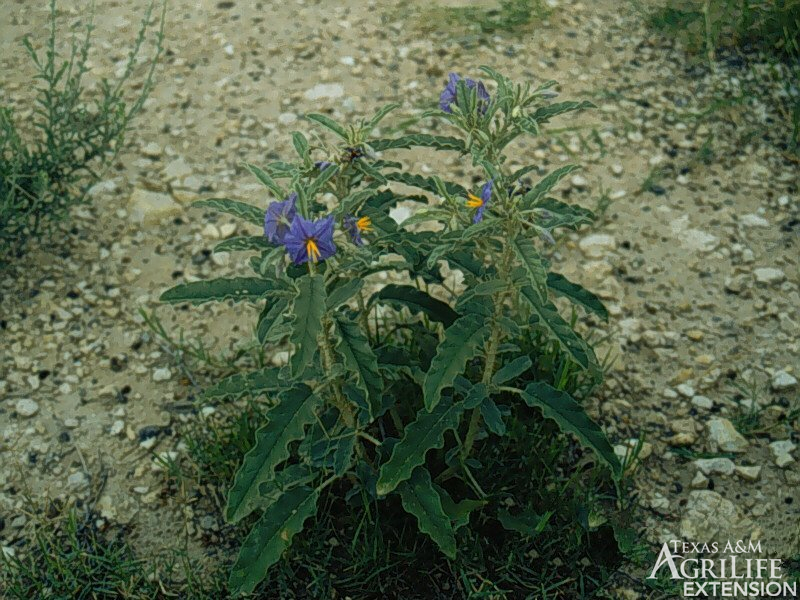



Plants Of Texas Rangelands Silverleaf Nightshade



Silverleaf Nightshade In The Sonoran Desert




Plants Of Louisiana




Weed Identification Silver Leaf Nightshade



Silverleaf Nightshade What S Blooming



Solanum Elaeagnifolium Silverleaf Nightshade Southwest Desert Flora




Silver Leaf Nightshade Weed Identification Brisbane City Council



Solanum Elaeagnifolium Silverleaf Nightshade Npin




Silverleaf Nightshade Poisoning In Horses Symptoms Causes Diagnosis Treatment Recovery Management Cost




Silverleaf Nightshade Solanum Elaeagnifolium




Silverleaf Nightshade Solanum Elaeagnifolium Cav Silverle Flickr
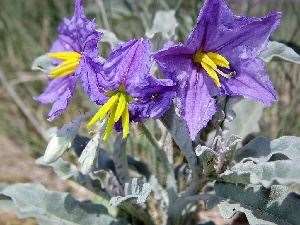



Silverleaf Nightshade Weed Management Farms Com



Silverleaf Nightshade February 11 Deer Canyon Folks



Solanum Elaeagnifolium Silverleaf Nightshade Southwest Desert Flora



Silverleaf Horse Nettle



Solanum Elaeagnifolium Silverleaf Nightshade Npin




Nightshade Poisoning In Horses Symptoms Causes Diagnosis Treatment Recovery Management Cost
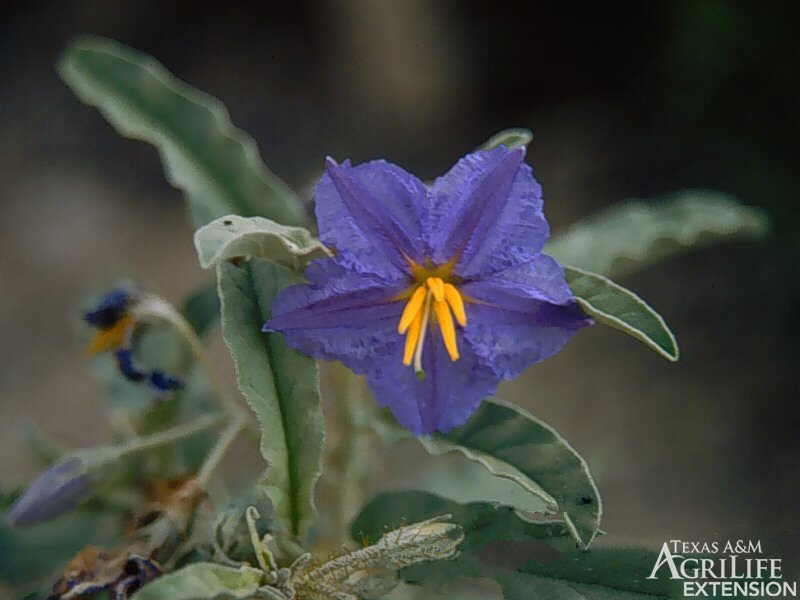



Plants Of Texas Rangelands Silverleaf Nightshade




Anita S Blog Nightshades Beneficially Questionable Rio Grande Valley Chapter Texas Master Naturalist



Silverleaf Nightshade Solanum Elaeagnifolium Nox Vro Agriculture Victoria




Silver Leaf Nightshade Weed Identification Brisbane City Council




Plant Id Forum Need Help Identifying A Plant That May Be Toxic To Horses Garden Org



Solanum Elaeagnifolium Silverleaf Nightshade Npin




Weed Busters How To Neutralize Silverleaf Nightshade



Silverleaf Nightshade Project Noah



Nightshades Poisoning In Horses




Wyvern Oaks Dangerous To Horses Silverleaf Nightshade




Silver Leaf Nightshade Weed Identification Brisbane City Council




Solanum Species Bull Nettle Devil S Tomato Olive Leaf Nightshade Silverleaf Nightshade Solanum Elaeagnifolium




Plantfiles Pictures Horse Nettle Silverleaf Nightshade Solanum Elaeagnifolium 1 By Xenomorf



2




Managing Invasive Nightshades Horsenettles In Natural Areas And Pastures Techline Invasive Plant News



Silverleaf Nightshade Silver Leaf Nightshade White Horse Nettle Trompillo Tomato Weed Solanum Elaeagnifolium Cav
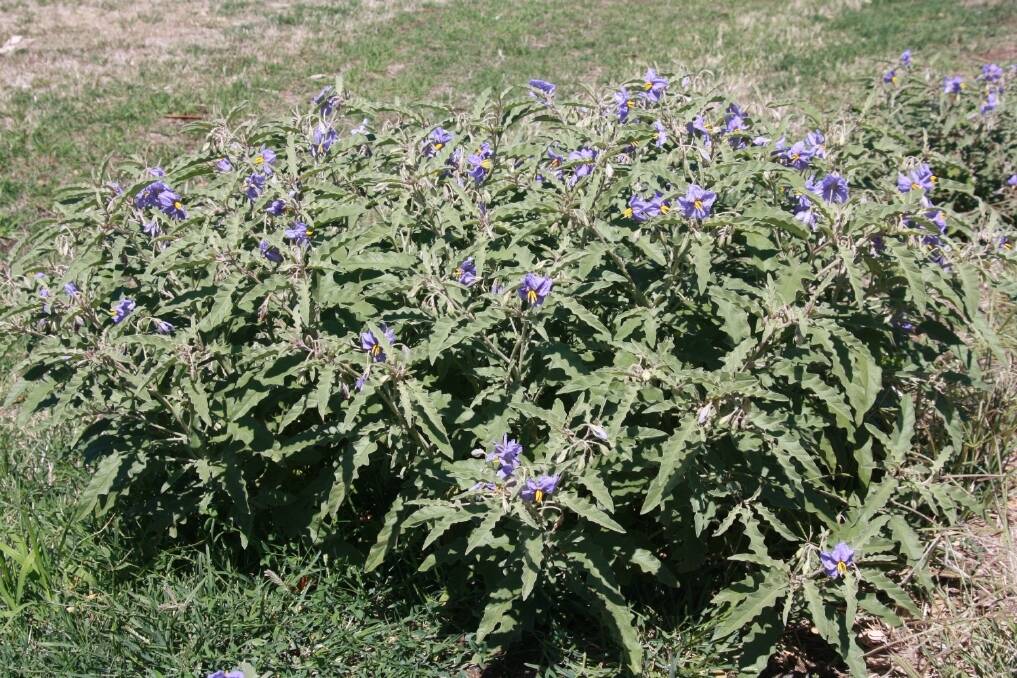



Controlling Silverleaf Nightshade Farm Online Australia



Solanum Elaeagnifolium Silverleaf Nightshade Southwest Desert Flora



Plants Toxic To Horses Rio Grande Valley South Texas




Silverleaf Nightshade Flora And Fauna Of The Rio Grande Valley Inaturalist



Nightshades Poisoning In Horses



Silverleaf Nightshade February 11 Deer Canyon Folks




Purple Purple And Yellow Dragon Looking Dainty Wildflowers Called Silverleaf Nightshade Also Known As Silver Leaf Nettle White Horse Nettle Or Prairie Berry Stems Are Covered In Nettle Prickles And The Stems



Wildflowers Silverleaf Nightshade Carolina Horse Nettle White Horse Nettle Trompillo



Silverleaf Nightshade Declared Pest Agriculture And Food




Anita S Blog Nightshades Beneficially Questionable Rio Grande Valley Chapter Texas Master Naturalist




Anita S Blog Nightshades Beneficially Questionable Rio Grande Valley Chapter Texas Master Naturalist
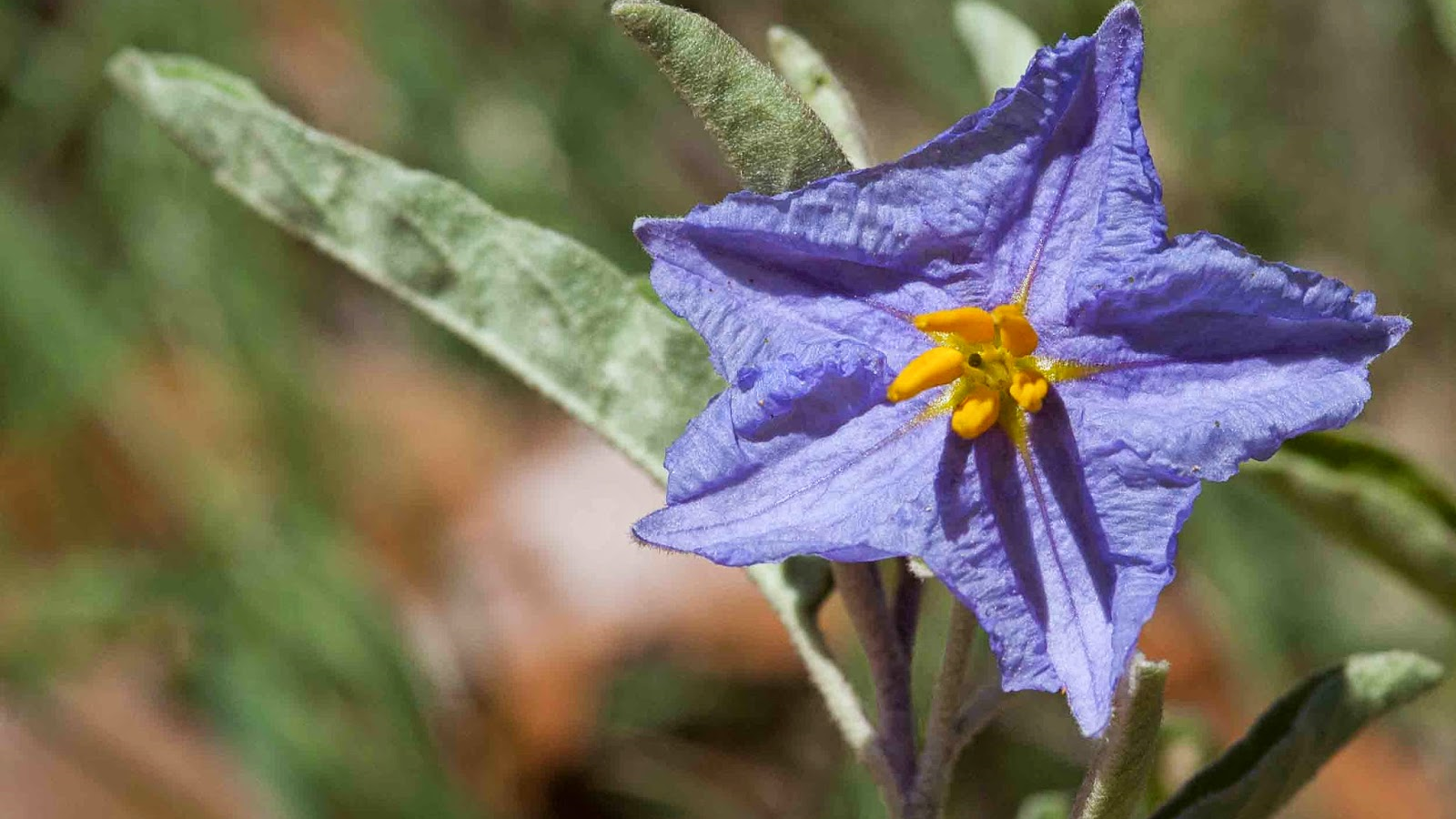



Silverleaf Nightshade Weed Killer Lawn Dork




Managing Invasive Nightshades Horsenettles In Natural Areas And Pastures Techline Invasive Plant News



Pb Nightshade




Vegetation Around Las Vegas Silverleaf Nightshade Solanum Elaeagnifolium



Wildflowers Silverleaf Nightshade Carolina Horse Nettle White Horse Nettle Trompillo



Silver Leaf Nightshade




Guide To Poisonous Plants College Of Veterinary Medicine And Biomedical Sciences Colorado State University
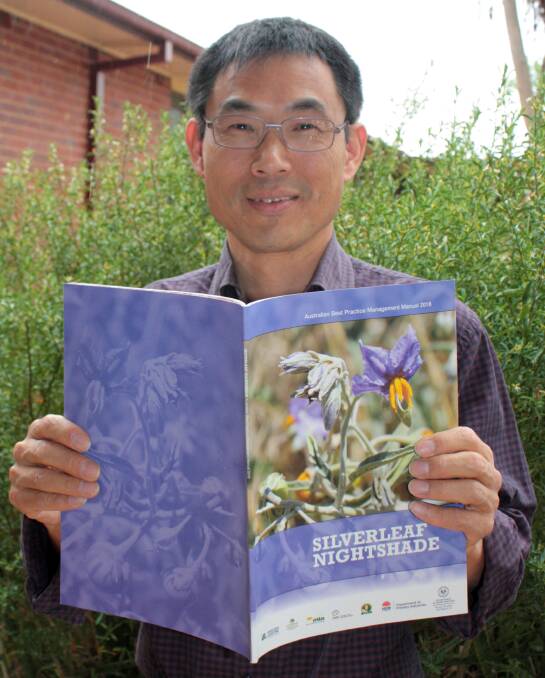



Take A Two Pronged Attack Against Silverleaf Nightshade The Land Nsw




Vegetation Around Las Vegas Silverleaf Nightshade Solanum Elaeagnifolium




Solanum Wikipedia
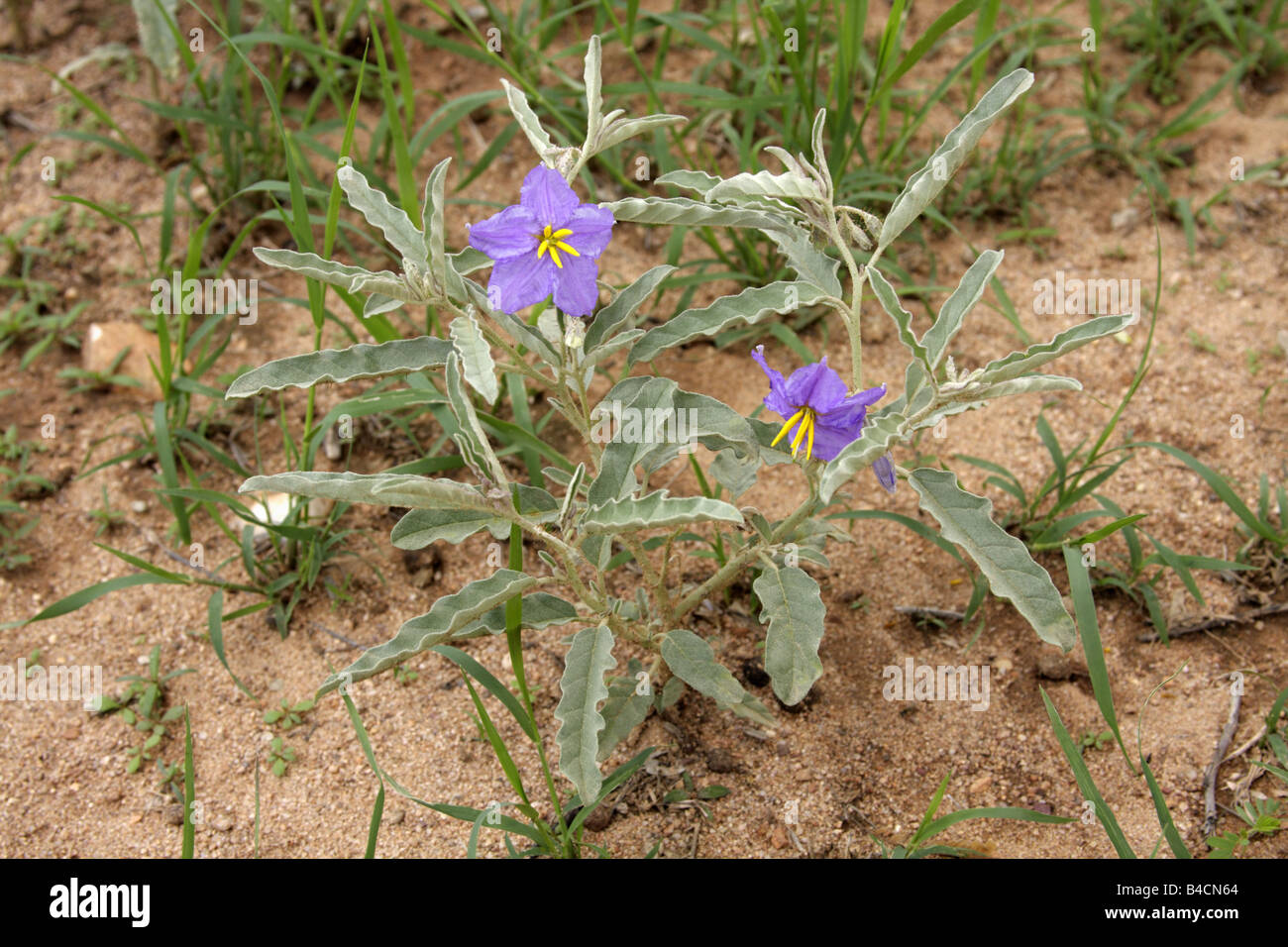



Silver Leaf Nightshade Solanum Elaeagnifolium Arizona Usa Stock Photo Alamy



Solanum Elaeagnifolium Colorado Wildflowers



Silverleaf Nightshade Priority Weeds Weeds Biosecurity Agriculture Victoria
コメント
コメントを投稿